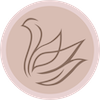TEXT: Nicholas Stephens
IMAGES: Courtesy of Tate St Ives
Tate St Ives in Cornwall, England, is presenting “Strange Attractors,” South Korean artist Haegue Yang’s largest UK exhibition to date. The exhibition’s collision of natural chaos and mathematical harmony merge seamlessly with the surging swells of the St. Ives Bay outside.
Haegue Yang may be one of the most prolific artists in the world at the moment. In addition to St. Ives, she currently has solo exhibitions at New York’s Museum of Modern Art and at the Art Gallery of Ontario in Toronto. She may be a worldwide phenomenon, but this show has a strong sense of the local; it imagines encounters with local artists, delves into Cornwall’s history of the religious and the pagan, and embraces the roiling seas over its horizon.
St. Ives is a scenic, picturesque fishing village in Cornwall, southwest England, which was the inspiration and home to many of the UK’s post-war artists, most notably Barbara Hepworth, Ben Nicholson and Bernard Leach. In 1993, the Tate opened a contemporary art museum here, alongside the Barbara Hepworth Gallery it continues to manage. Recent shows at Tate St Ives include retrospectives of Naum Gabo, Otobong Nkanga and Huguette Caland. It’s a remote place on the wild Atlantic coast, requiring either a five-hour drive or a eight-hour journey by train from London.
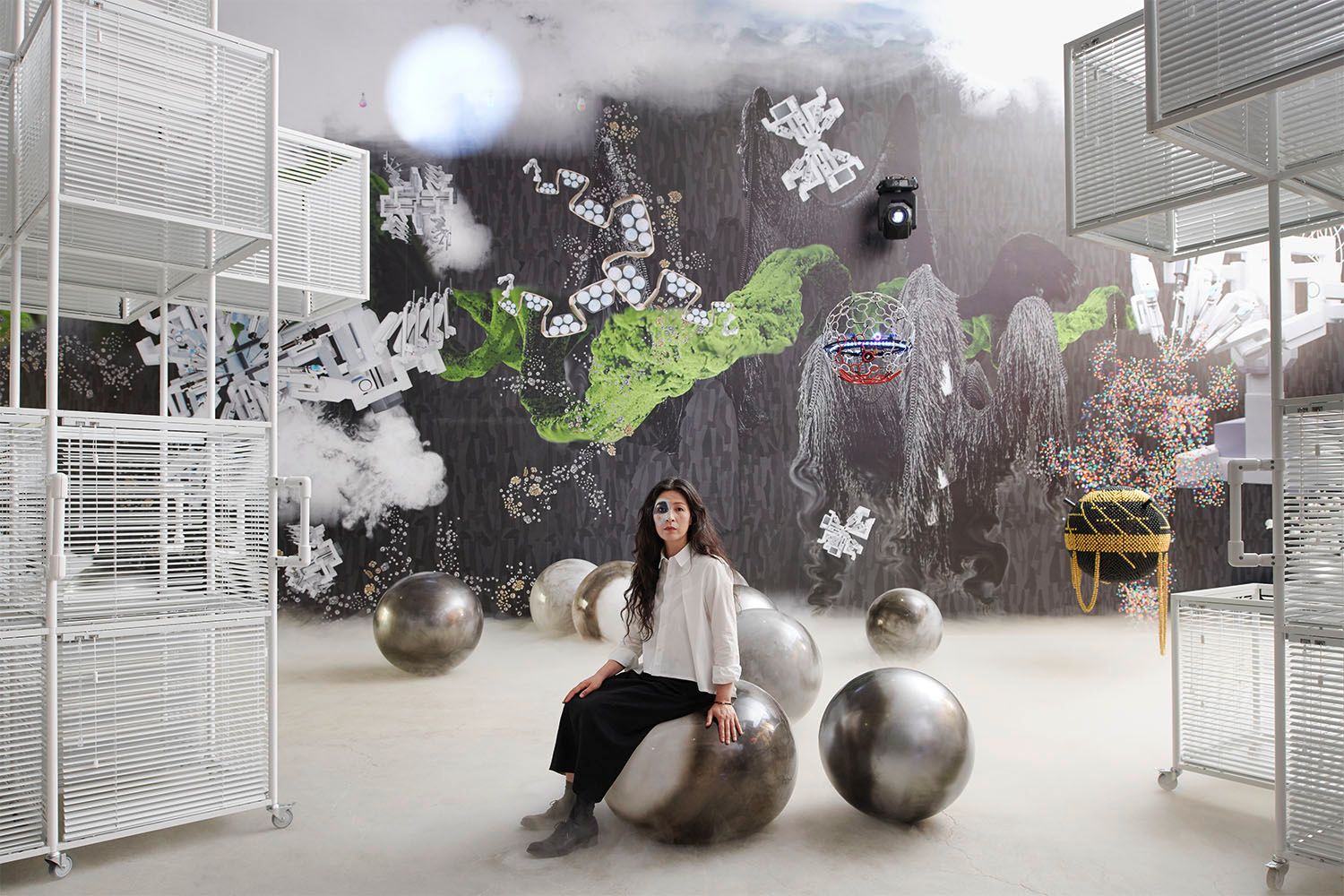
Many of the St. Ives artists are name-checked in the titles of Yang’s new works, particularly the cosy, lumbering muppet-esque figures which link to Gabo and Hepworth. These creatures are anchored in humanity’s need for comfort and reassurance, but also offer intriguing possibilities of dialogue between artists of different generations and origins. The most fabulously titled of these creatures is Tilted Bushy Lumpy Bumpy from 2016, a humane, sensitive figure in spiky straw. Other artworks are metallic. Some are in vinyl, cloth or lacquer. Some are sewn, some are sculpted and others are printed. This show has a joy in diversity of material and theme, allowing opposing forces to play together in close proximity. It is a meeting point of craft and industrial, terrestrial and cosmic, animal and mineral.
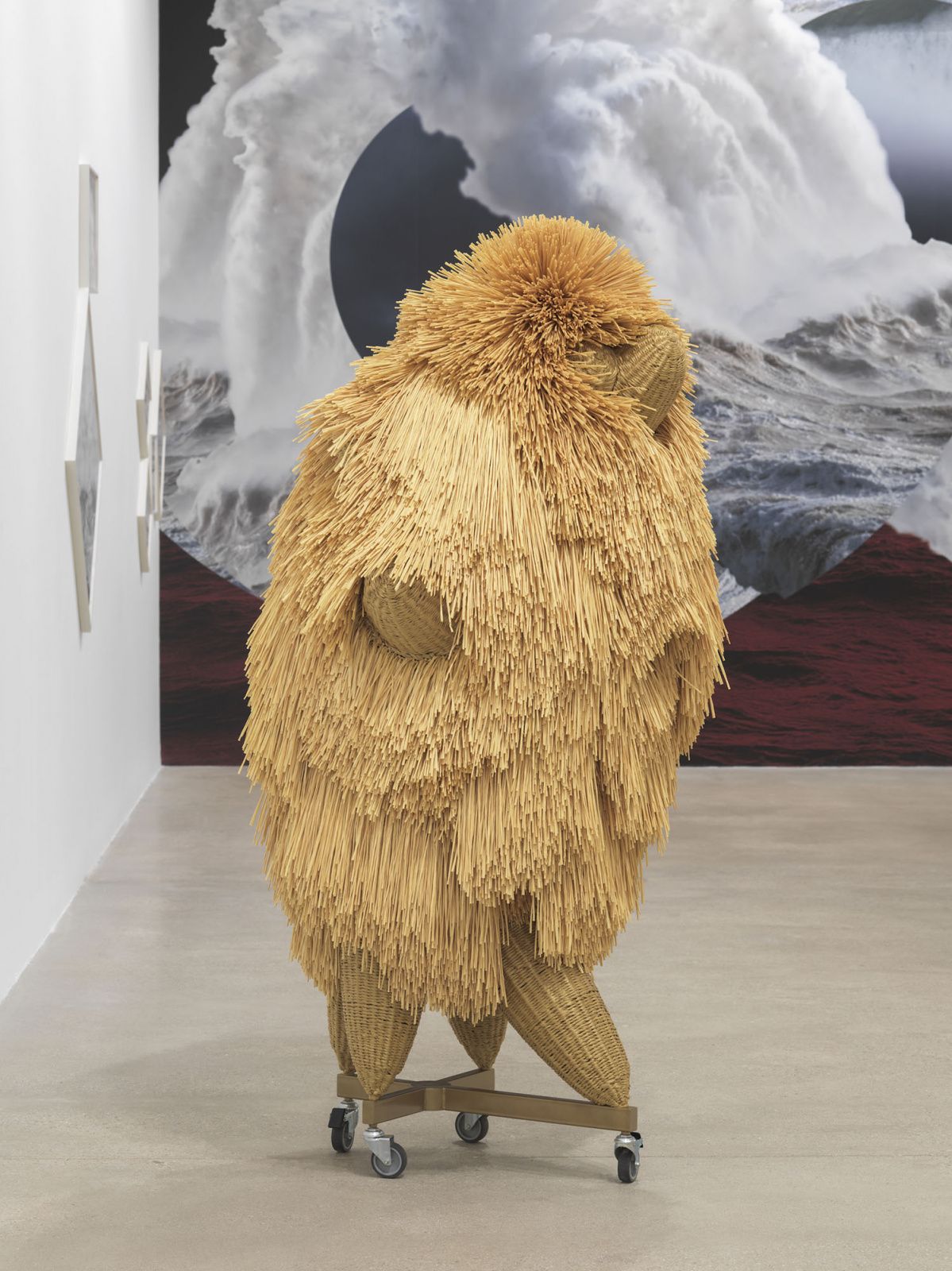
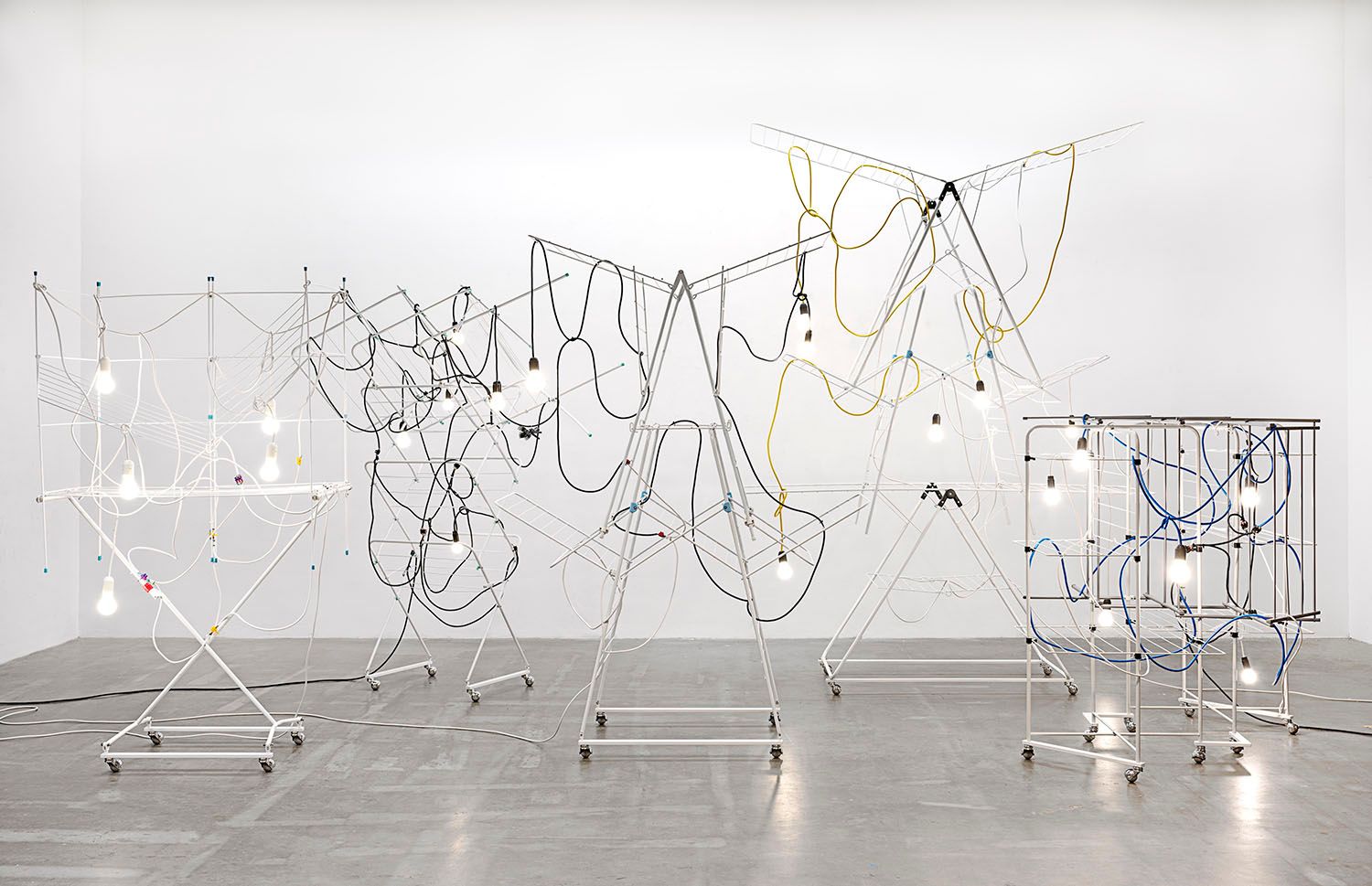
“Strange Attractors” is the first of the Tate St Ives exhibitions to spread over two spaces, from the top-lit gallery in the new building to the sea-facing gallery in the original building. In the latter, the sea comes into view through the two-layered moiré curtains the artist has installed over the enormous windows. The wild seascape seems enhanced rather than tamed by the fabric. Azure light bathes the clunky, ungainly forms of Non-Indépliables, nues (2010–20) which co-inhabit the floor. They are cousins of the Dress Vehicles (2011– ) sculptures shown last year at South London Gallery. Although resolutely industrial, there is still an eerie, precarious life force within them, and their shopping trolley-like visuals remind us of early Modern art experimenter, Marcel Duchamp, and his ready-mades.
“Strange Attractors” is a title borrowed from mathematics, relating to complex patterns of behaviour in chaotic natural systems. The title gives the artist free rein to explore a panoply of themes, and it also describes the objects she has chosen to exhibit. Chaos is often framed by order, thus preventing the exhibition from becoming unkempt or bewildering. Frameworks are created so that the visitor can begin to make sense of what is being shown. Specifically, free-standing geometric structures divide the room in the middle, modelled on a “whirlwind” pattern from the Philippines. They literally create a breeze in the room and open up new lines of sight between objects. They provide polite order and unobtrusive structure to the varied juxtapositions of opposites. Their gentle geometry finds its own counterpoint in a wallpaper-like work, clinging flat in the far background: the bold and vast Non-Linear and Non-Periodic Dynamics (2020). This piece looms over the room, a swirling frieze of natural chaos in cloud and sea. Printed on vinyl, stuck to the entire back wall, the fervent colours and wild weather seem to traverse world and time itself.

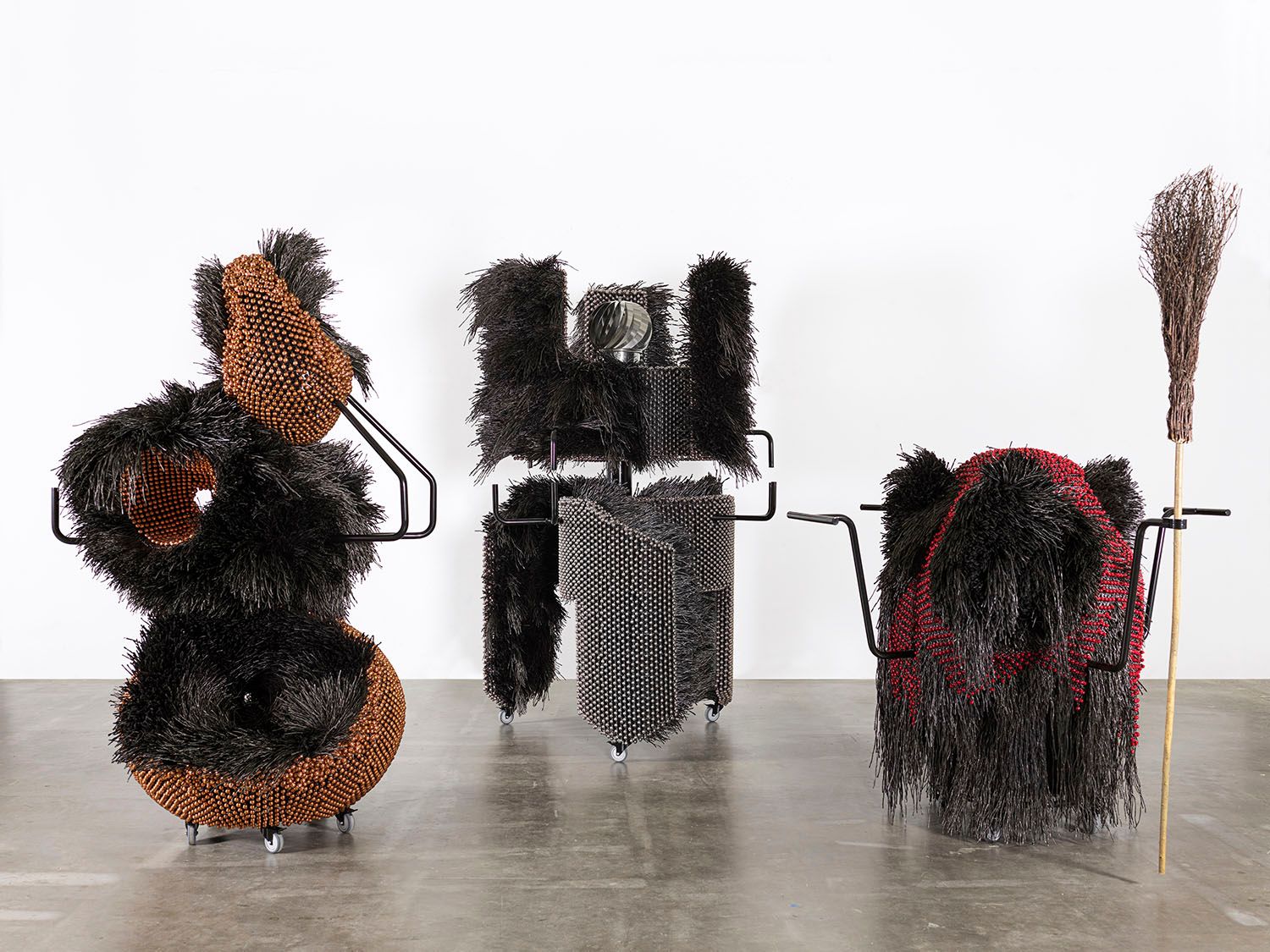
The travails of 2020 thus far make this show unexpectedly relevant; an urge to simultaneously create and control chaos, a search for harmony among voices which are diffuse and diverse, opposing forces locked in insoluble differences. However, a too narrow, contemporary reading would be a mistake. Whilst the exhibition’s narrative may carry timely nuances of politics, pandemics and terror, the location and themes are predominantly grounded in the natural world. The world around us is a place which is often resistant to understanding and must be responded to with sensitivity rather than conviction. Thus, the cuddly Tilted Bushy Lumpy Bumpy (2016) and Sonic Intermediates – Three Differential Equations (2020) came to represent the spirit of the exhibition for this visitor.
“Strange Attractors” is closed for now and will re-open in December when this current period of lockdown ends in the UK. Navigating complex rules may be with the art world for some time, and this year has been one of manifest challenge for the art world. The lights are off in many art galleries for now. When the lights go on again, there is a place of escape waiting for us. Inside Tate St Ives, where paganism and religion, cuddly shapes and mathematical forms collide, few rules apply.
Haegue Yang: Strange Attractors
24 October 2020 – 3 May 2021
Tate St Ives, Cornwall
About the artist
Haegue Yang (born 1971, Seoul, South Korea) currently lives and works in Berlin
and Seoul. Yang’s work has been exhibited internationally since the mid-1990s. Recent solo exhibitions include “Handles” at The Museum of Modern Art, New York (2019); “In the Cone of Uncertainty” at The Bass Museum of Art, Miami Beach (2019); “Tracing Movement” at the South London Gallery (2019); La Triennale di Milano (2018), and a survey exhibition at Museum Ludwig, Cologne (2018). She represented South Korea at the Venice Biennale in 2009, and took part in dOCUMENTA (13) (2012), Kassel (2012), and the 21st Biennale of Sydney (2018). Her works are in the collections of major institutions, including MoMA, New York; Centre Pompidou, Paris; Walker Art Center, Minneapolis; Solomon R. Guggenheim Museum, New York; and Tate Modern, London. Yang is Professor of Fine Arts at the Städelschule, Frankfurt, Germany, and recipient of the 2018 Wolfgang Hahn Prize.



